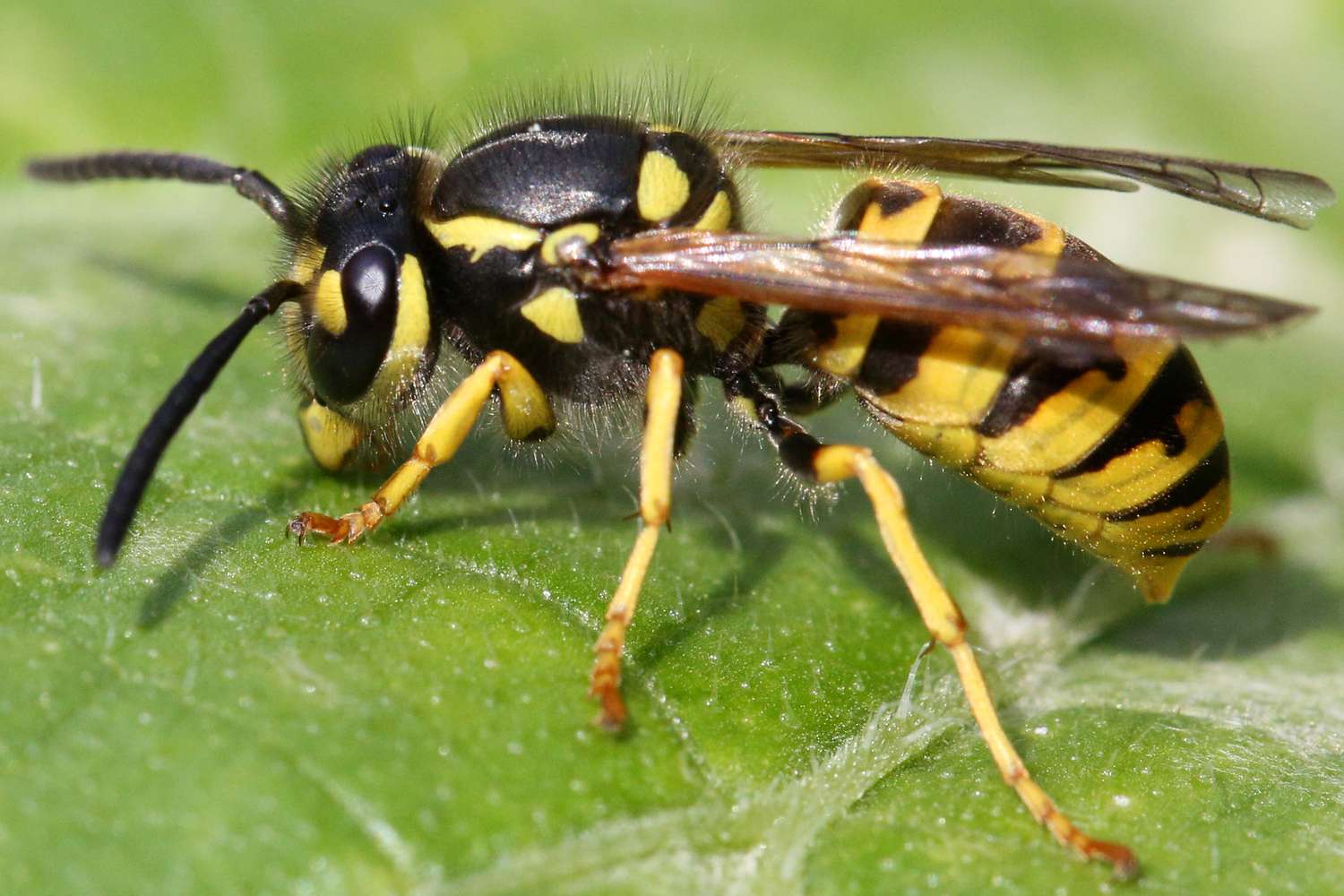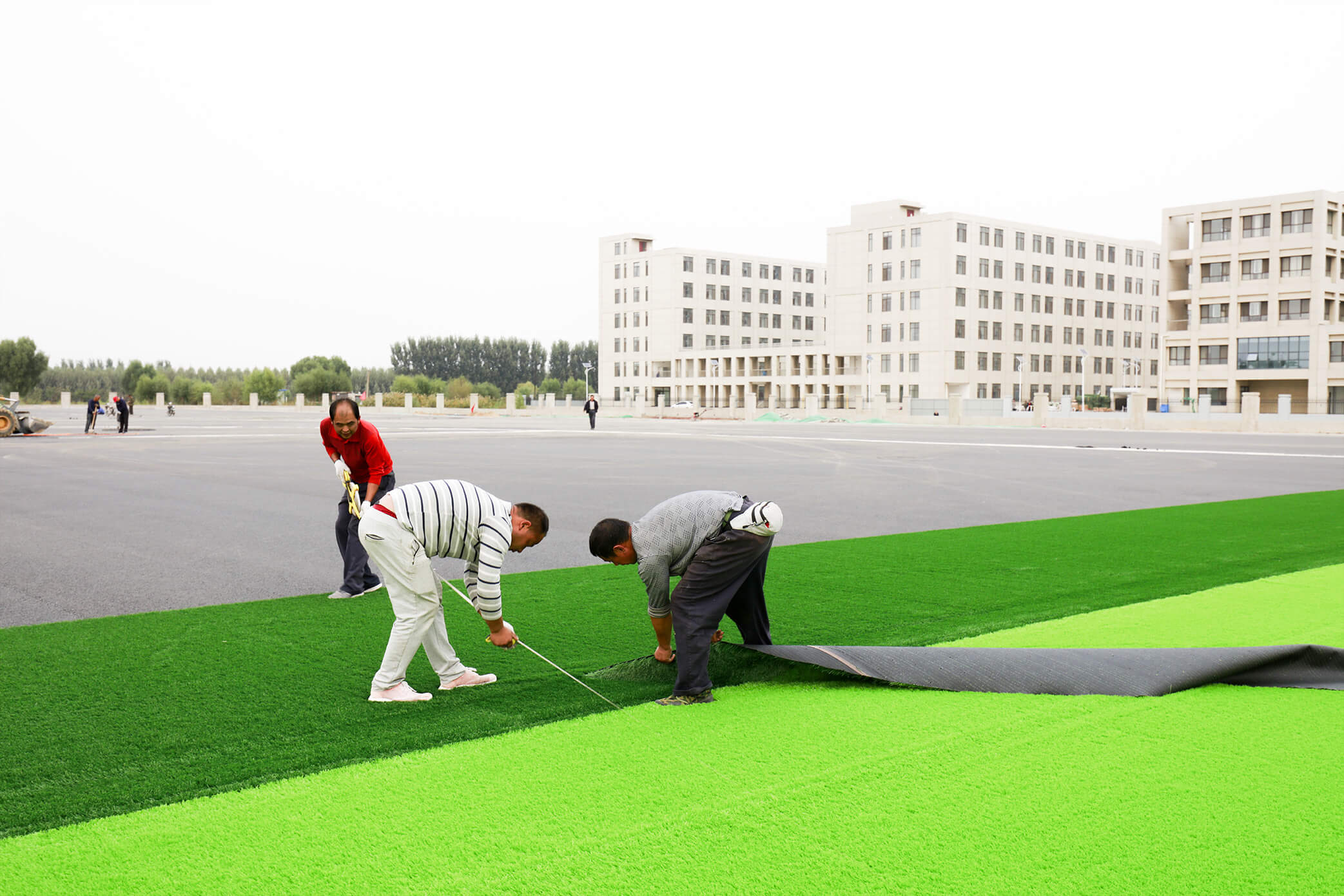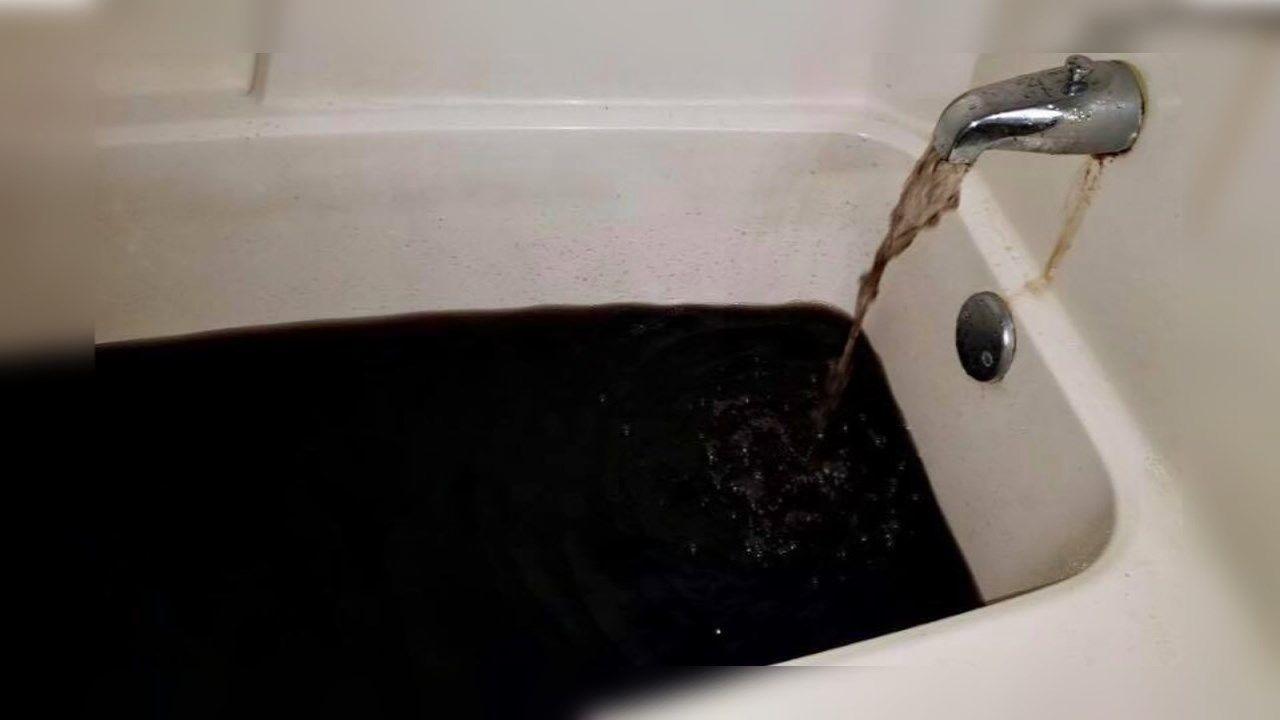Home>Gardening & Outdoor>Landscaping Ideas>When Does Grass Come Out Of Dormancy


Landscaping Ideas
When Does Grass Come Out Of Dormancy
Modified: February 18, 2024
Discover the best landscaping ideas for bringing your grass out of dormancy. Learn when and how to revitalize your lawn for a vibrant, lush landscape.
(Many of the links in this article redirect to a specific reviewed product. Your purchase of these products through affiliate links helps to generate commission for Storables.com, at no extra cost. Learn more)
Introduction
Welcome to the fascinating world of landscaping and the ever-changing nature of grass dormancy. As the seasons shift and temperatures fluctuate, the dormant state of grass plays a pivotal role in the ebb and flow of your outdoor space. Understanding the nuances of grass dormancy is crucial for maintaining a lush and vibrant lawn throughout the year. In this article, we will delve into the factors influencing grass dormancy, the signs that indicate its dormancy, and effective strategies for stimulating its growth. By the end, you will have a comprehensive understanding of grass dormancy and be equipped with the knowledge to nurture your lawn to its fullest potential.
Key Takeaways:
- Grass dormancy is influenced by temperature, moisture, day length, nutrients, and grass species. Understanding these factors helps manage dormancy and promote healthy growth.
- Signs of grass dormancy include color change, stunted growth, thinning, reduced water needs, and resistance to mowing. Adapting care practices to dormancy supports the grass’s health.
Read more: When Does The Spring Greenery Come
Factors Affecting Grass Dormancy
Grass dormancy, a natural response to environmental conditions, is influenced by several key factors. Understanding these elements is essential for comprehending the ebb and flow of your lawn’s vitality. Let’s explore the primary factors that contribute to grass dormancy:
- Temperature: One of the most significant factors affecting grass dormancy is temperature. As temperatures drop, particularly during the winter months, many grass species enter a dormant state to conserve energy and withstand harsh conditions. Conversely, as temperatures rise, grasses gradually emerge from dormancy, signaling the onset of the growing season.
- Moisture Levels: Adequate moisture is crucial for sustaining grass health. During periods of drought or water scarcity, grass may enter dormancy as a survival mechanism. Conversely, consistent and ample moisture levels can help mitigate dormancy and promote healthy growth.
- Day Length: The length of daylight hours also plays a role in grass dormancy. As the days shorten during the fall and winter, grasses receive fewer hours of sunlight, prompting them to enter dormancy. Conversely, lengthening daylight hours in the spring signal the end of dormancy and the resumption of active growth.
- Nutrient Availability: The availability of essential nutrients, particularly nitrogen, phosphorus, and potassium, directly impacts grass dormancy. Inadequate nutrients can lead to weakened grass, making it more susceptible to dormancy and environmental stressors.
- Grass Species: Different grass species exhibit varying dormancy patterns. Cool-season grasses, such as fescue and bluegrass, tend to enter dormancy during hot, dry periods, while warm-season grasses, like Bermuda grass and zoysia, enter dormancy during cooler months.
By recognizing and understanding these factors, you can proactively manage your lawn’s dormancy and implement targeted strategies to promote healthy growth and resilience.
Signs of Grass Dormancy
Recognizing the signs of grass dormancy is essential for gauging the health and vitality of your lawn throughout the changing seasons. By understanding these indicators, you can adapt your lawn care practices to support the grass during its dormant phase. Here are the key signs that signify grass dormancy:
- Change in Color: One of the most noticeable signs of grass dormancy is a change in color. Typically, dormant grass takes on a straw-like hue, appearing less vibrant and lush compared to its active growth phase.
- Stunted Growth: During dormancy, grass growth significantly slows down, and in some cases, halts altogether. This reduction in growth is a natural response to conserve energy and resources during unfavorable conditions.
- Thinning and Patchiness: Dormant grass may exhibit signs of thinning and patchiness, particularly in areas with high foot traffic or environmental stress. This can result in a less uniform and dense lawn appearance.
- Reduced Water Needs: Dormant grass requires less water compared to its active growth phase. As a result, you may notice decreased water absorption and increased runoff during irrigation or rainfall.
- Resistance to Mowing: Dormant grass displays resilience to mowing, as its slowed growth and hardier nature make it less susceptible to damage from regular mowing practices.
By being attuned to these signs, you can adapt your lawn care regimen to accommodate the grass’s dormancy, ensuring that it receives the appropriate care and maintenance tailored to its current state.
Grass typically comes out of dormancy in the spring when the soil temperature reaches around 55-65°F. Keep an eye on the weather and soil temperature to know when to expect your grass to start growing again.
Stimulating Grass Dormancy
While grass dormancy is a natural and essential phase in its lifecycle, there are strategies to promote healthy growth and facilitate a smooth transition between dormancy and active growth periods. Implementing these practices can help stimulate grass dormancy and ensure that your lawn thrives throughout the changing seasons. Here are effective ways to stimulate grass dormancy:
- Proper Watering: Adjust your watering schedule to align with the grass’s needs during dormancy. While dormant, grass requires minimal irrigation, as excessive moisture can lead to fungal diseases. Monitor soil moisture levels and water only when necessary to maintain a healthy balance.
- Appropriate Mowing: During dormancy, adjust your mowing practices to accommodate the slowed growth of grass. Raise the cutting height of your mower to reduce stress on the grass and promote root development. Avoid cutting dormant grass too short, as this can hinder its ability to withstand environmental challenges.
- Soil Aeration: Aerating the soil during dormancy can enhance air and water penetration, promoting overall soil health and supporting the grass’s root system. This practice helps alleviate compaction and ensures that the grass receives essential nutrients and oxygen even during its dormant phase.
- Applying Fertilizer: While dormant, consider applying a slow-release, low-nitrogen fertilizer to provide essential nutrients that support the grass’s root development and overall resilience. A balanced fertilizer can fortify the grass, preparing it for a robust resurgence when the growing season resumes.
- Overseeding (Optional): In regions with cool-season grasses, overseeding during dormancy can help fill in sparse areas and rejuvenate the lawn’s density and vibrancy. This practice can be beneficial for maintaining a lush lawn throughout the dormant phase.
By incorporating these strategies into your lawn care routine, you can effectively stimulate grass dormancy and set the stage for vibrant, healthy growth when the grass emerges from its dormant state.
Conclusion
Grass dormancy is a natural and dynamic process influenced by a myriad of environmental factors. Understanding the triggers and manifestations of grass dormancy is crucial for nurturing a resilient and vibrant lawn throughout the changing seasons. By recognizing the signs of dormancy and implementing targeted strategies to stimulate healthy growth, you can effectively manage your lawn’s transition between dormancy and active growth phases.
As you observe the subtle shifts in color, growth patterns, and water needs of your grass, remember that dormancy is an integral part of its lifecycle, allowing it to conserve energy and fortify itself against environmental stressors. By adjusting your lawn care practices to accommodate dormancy, such as modifying watering and mowing routines and providing essential nutrients, you can support the grass during its dormant phase and set the stage for a lush resurgence when conditions become favorable.
Embracing the nuances of grass dormancy empowers you to cultivate a resilient, healthy lawn that thrives year-round. By leveraging your understanding of the factors influencing dormancy and the strategies for stimulating healthy growth, you can embark on a journey to nurture a vibrant outdoor space that reflects the dynamic beauty of nature’s cycles.
With this knowledge in hand, you are well-equipped to navigate the intricacies of grass dormancy and foster a thriving lawn that stands as a testament to your dedication and expertise in landscaping and lawn care.
Frequently Asked Questions about When Does Grass Come Out Of Dormancy
Was this page helpful?
At Storables.com, we guarantee accurate and reliable information. Our content, validated by Expert Board Contributors, is crafted following stringent Editorial Policies. We're committed to providing you with well-researched, expert-backed insights for all your informational needs.
















0 thoughts on “When Does Grass Come Out Of Dormancy”